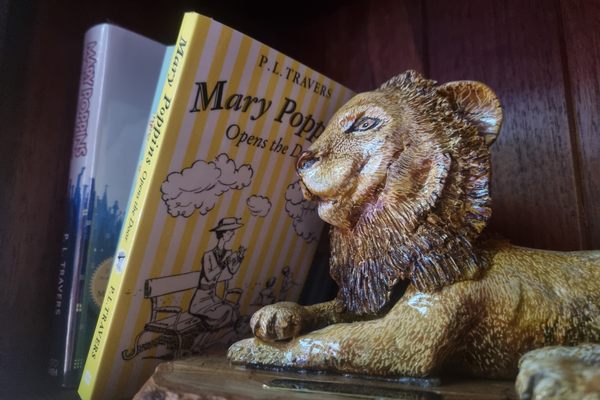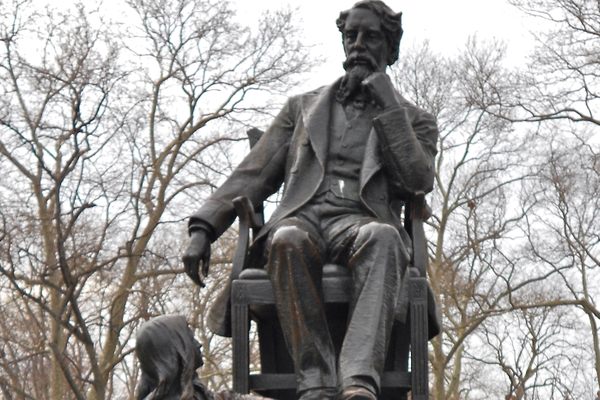About
In the final scene of Crime and Punishment, the antihero Raskolnikov and his ostensible redeemer, Sonya, sit pensively reflecting on the vast Eurasian steppe and the freedom it had to offer. The scene was no doubt influenced by the years that Fyodor Dostoevsky spent in Siberian exile (1854-1859), where he once wrote to a Kazakh friend (possibly on the very desk displayed in the Dostoevsky Museum), “Isn’t it a great challenge for you, isn’t it your sacred cause—to be the first to explain to Russia the role of the steppes in its history and the significance of your people for Russia?”
For Dostoevsky, the steppe became an important symbol of rebirth, for it was in Kazakhstan that he was able to resume his literary career following four years of imprisonment in Omsk. Exiled to the Siberian city of Semipalatinsk (now Semey) and forced to join the army, the author once hailed as the successor to Gogol began to write again and eventually married his first wife there.
In November 2021, Kazakhstani President Tokayev sponsored a series of events to celebrate Dostoevsky’s 200th birthday, all centered on the house where the famed writer rented a small apartment. And while the museum has recreated his living quarters with period decor, his writing desk is one of the few original pieces owned by Dostoevsky on display. Curiously, it is not roped off or under guard, and aspiring writers may venture to touch the relic in hopes of receiving a spark of inspiration.
When Dostoevsky’s exile finally ended and he was allowed to publish once more, a torrent of tomes burst forth beginning in 1859. These works contain numerous references to Semey and to the steppe including House of the Dead and “Uncle’s Dream,” which both open with descriptions of the city. Drafts of Notes from the Underground and Crime and Punishment were likely sketched out on the desk, one of the few remaining witnesses to the work of one of the world’s greatest writers.
Related Tags
Know Before You Go
The modern museum next door to Dostoevsky's house is filled with exceptional literary displays about the author and his era. It also sponsors rotating and traveling exhibits, but nearly all the commentary is in Russian. Non-Russian speakers will have a more enriching experience if they visit with a guide who can translate.
Community Contributors
Added By
Published
November 6, 2024

























